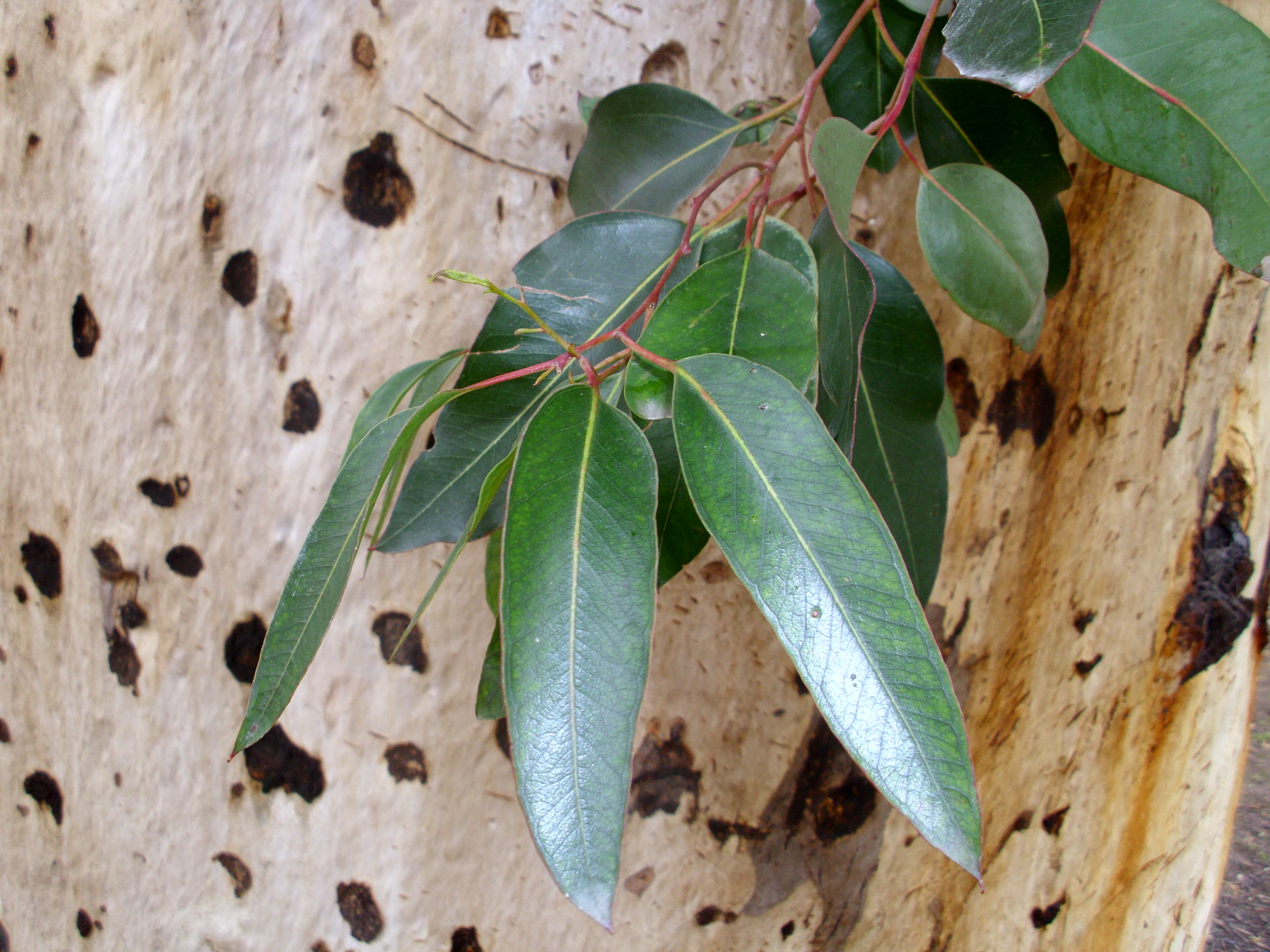Created on: Thursday, Apr 21st, 2016
USDA: https://npgsweb.ars-grin.gov/gringlobal/taxonomydetail.aspx?id=15530
Jepson: http://ucjeps.berkeley.edu/eflora/eflora_display.php?tid=25260
GBIF: http://www.gbif.org/species/3176313
CABI datasheet: http://www.cabi.org/isc/datasheet/22599
Queensland: http://keyserver.lucidcentral.org/weeds/data/media/Html/eucalyptus_clado...
South Africa: http://www.invasives.org.za/plants/eucalyptus-gums and http://www.invasives.org.za/component/k2/item/250-sugar-gum-eucalyptus-c...
Reviewed by Gina Darin, CA Dept of Water Resources, and Irina Irvine, NPS Santa Monica Mountains NRA
- < 13 : accept (low risk of invasiveness)
- 13 - 15 : evaluate further
- > 15 : reject (high risk of invasiveness)

